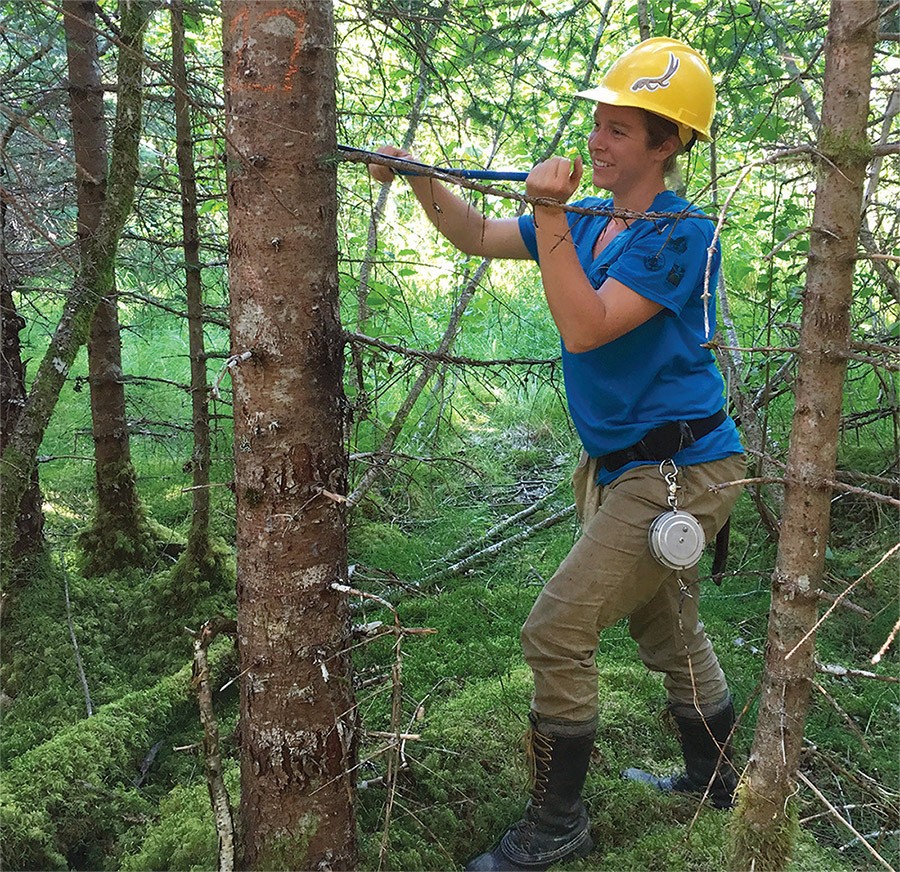An investigation of 23,000 tree cores collected in the 1980s from forests throughout the Northeast has found that trees in the region show a strong ability to adapt to local climates. By examining data from tree rings, scientists from the Cary Institute of Ecosystem Studies in Millbrook, New York, and the US Forest Service revealed how individual trees responded to variations in climate during a roughly 40-year period, and they found evidence of pervasive adaptation to local conditions.
Forest ecologist Charles Canham and colleagues at the Cary Institute used cores from 14 of the most common and broadly distributed temperate tree species to model the relationships between tree growth and climate. For most species, growth was highest in years that were cooler and wetter than the long-term average. “But what constituted cooler and wetter in New York was different than in Richmond [Virginia],” Canham said.
The researchers found significant differences between species, despite the general pattern that most grew better in cooler and wetter years. Red spruce, for instance, grew better in warmer years, which was a surprise because it’s a northern species. White pine, on the other hand, grew best when the temperature was precisely at its local habitat’s long-term average. “That’s the one species that looked like it was perfectly adapted to wherever it was growing,” said Canham.
How trees will adapt to the rapidly changing climate is uncertain. If their adaptation to local conditions is based on genetic diversity within the population, then the trees could be more sensitive to climate change than expected, according to Canham. But if adaptation arises from what scientists call phenotypic plasticity – an ability of a species as a whole to adapt to the local environments – then it could make the trees more resilient to climate change.
“These tree species have been around for tens of millions of years,” Canham said. “But the pace of climate change that we anticipate is faster than anything any tree in one location has seen during its evolutionary history. We need to know: Is the future pace of change so fast that it will swamp either of these mechanisms?”
Canham isn’t particularly concerned about existing trees, however. He notes that mature trees can tolerate highly variable temperatures, so the two-degree-centigrade increase predicted by climate models will not likely have an effect. But seedlings are more sensitive and could be affected.
“It’s not a simple story. What I know is that trees are more interesting than we give them credit for,” he concluded. “There is a lot of work still to do to be able to say how these forests are going to respond to climate change. And there are other more immediate threats that managers need to focus on, like pests and pathogens. If we don’t deal with those issues, the climate-change issue becomes moot because most of the species will be gone.”


